On September 12, 1943, German Commandos pulled off one of World War IIs most daring rescue operations.
The German army quickly occupied strategic points in Italy, disarming hundreds of thousands of Italian soldiers.
Ultimately, the planning and execution of the operation were carried out by Major Harald Mors.
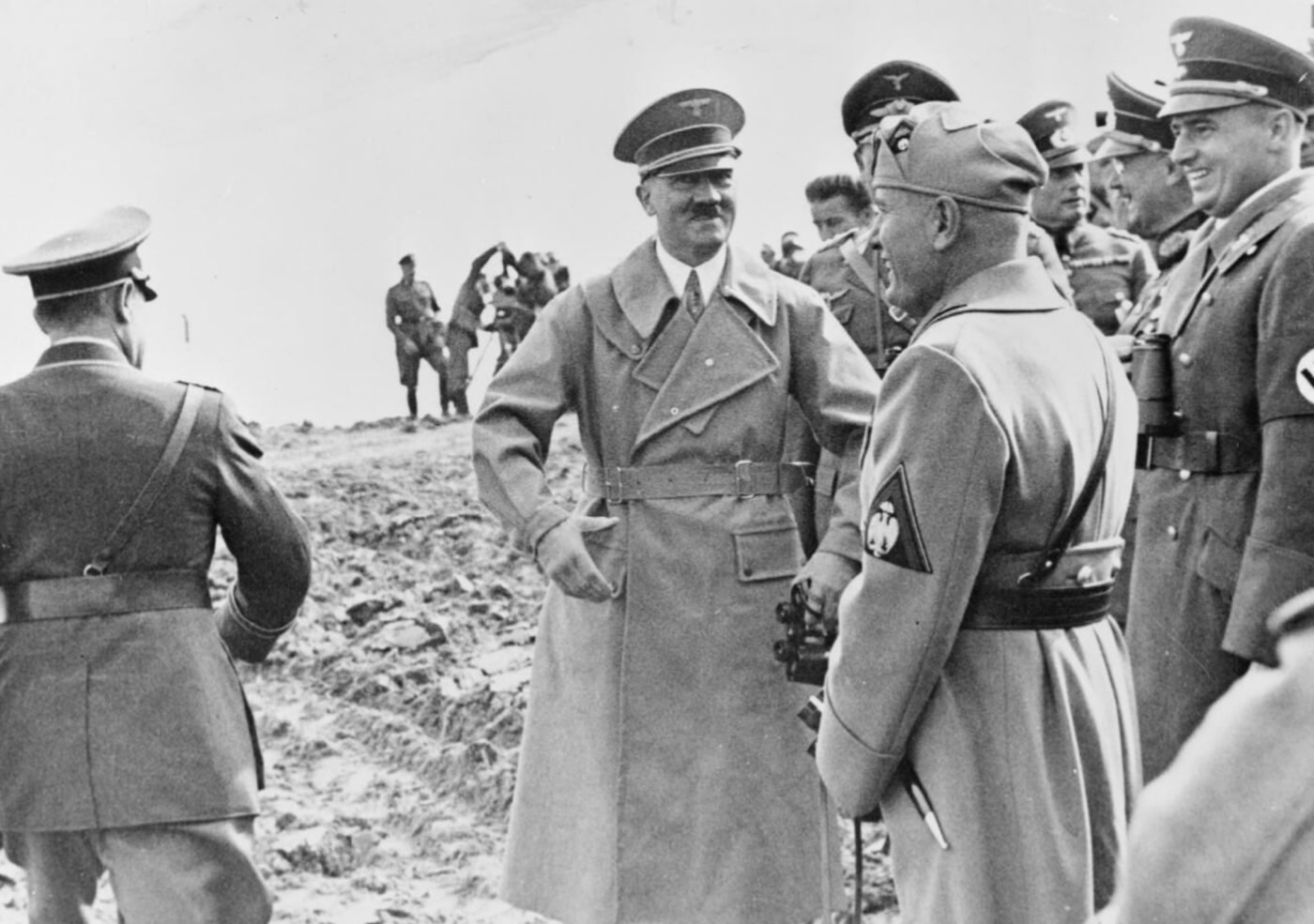
Benito Mussolini and Adolph Hitler in conversation during Wehrmacht maneuvers in September 1937. Field Marshal Goering is half hidden between them. Image: Fortepan
Using informants, the location was narrowed down to the Gran Sasso, and the final planning began.
The Plan
The Hotel Campo Imperatore sits at 6,990 feet on the Gran Sasso DItalia Massif.
This two-seat STOL aircraft would be capable of carrying Il Duce to freedom.
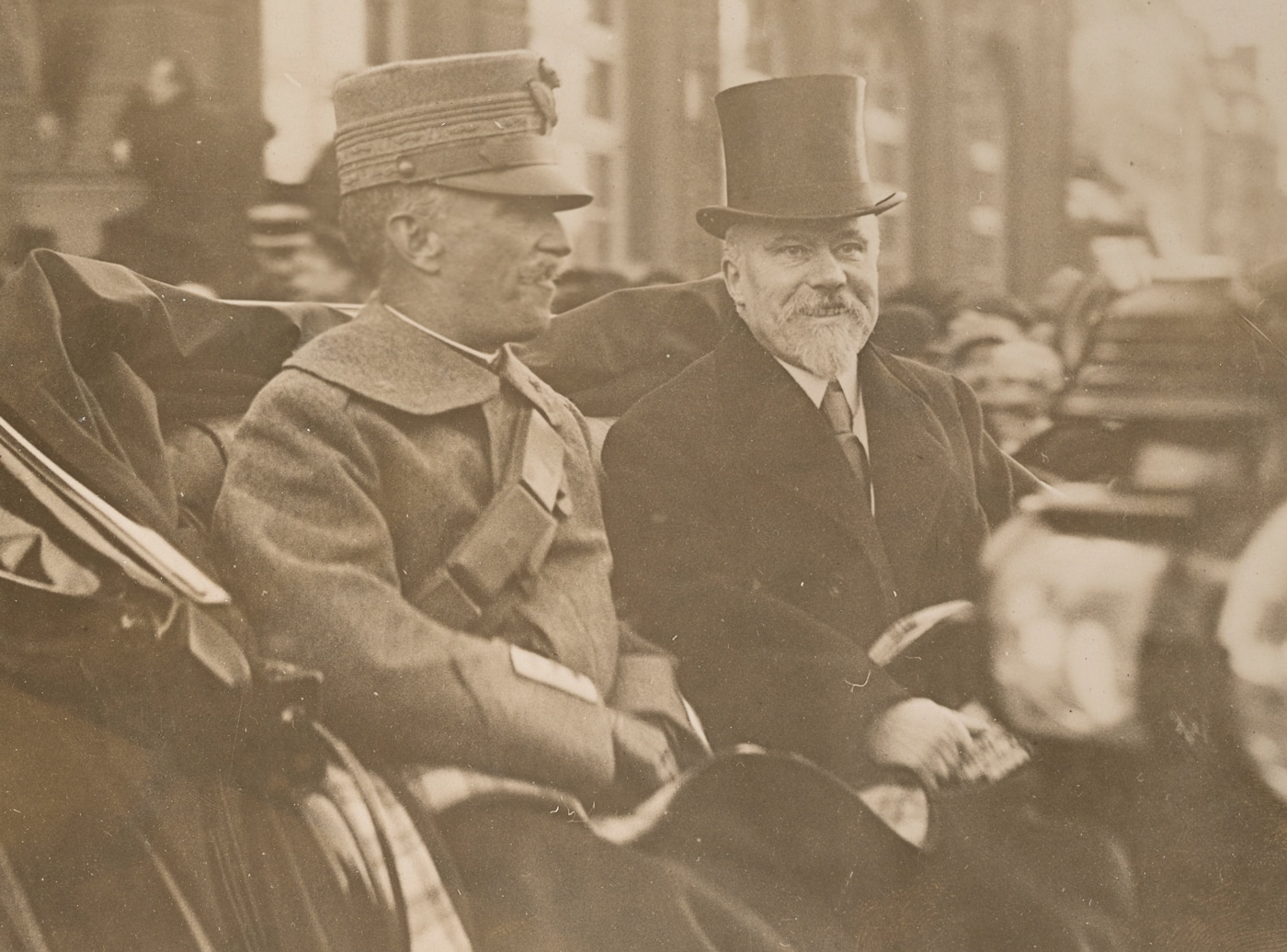
King Victor Emmanuel III (left) rides through the streets of Paris with French President Raymond Poincare. Italy’s soldier king was involved in Mussolini’s rise and fall from power. Image: NARA
The Aircraft
The Fieseler Fi 156 Storch was the aircraft used for Mussolinis exfiltration from the hotel.
Designed in 1935, the Storch got its nickname due to its tall landing gear that resembled a Stork.
The Storch had an extremely low stall speed of 32 mph and excellent short-field takeoff and landing characteristics.

The Hotel Campo Imperatore on Gran Sasso is where deposed dictator Benito Mussolini was held. Image: Toni Schneiders/CC-BY-SA 3.0
Approximately 2,900 aircraft were delivered to the Luftwaffe.
The DFS 230 was a German transport glider that was developed in 1933.
As a result, Skorzenys men arrived first on the Gran Sasso.
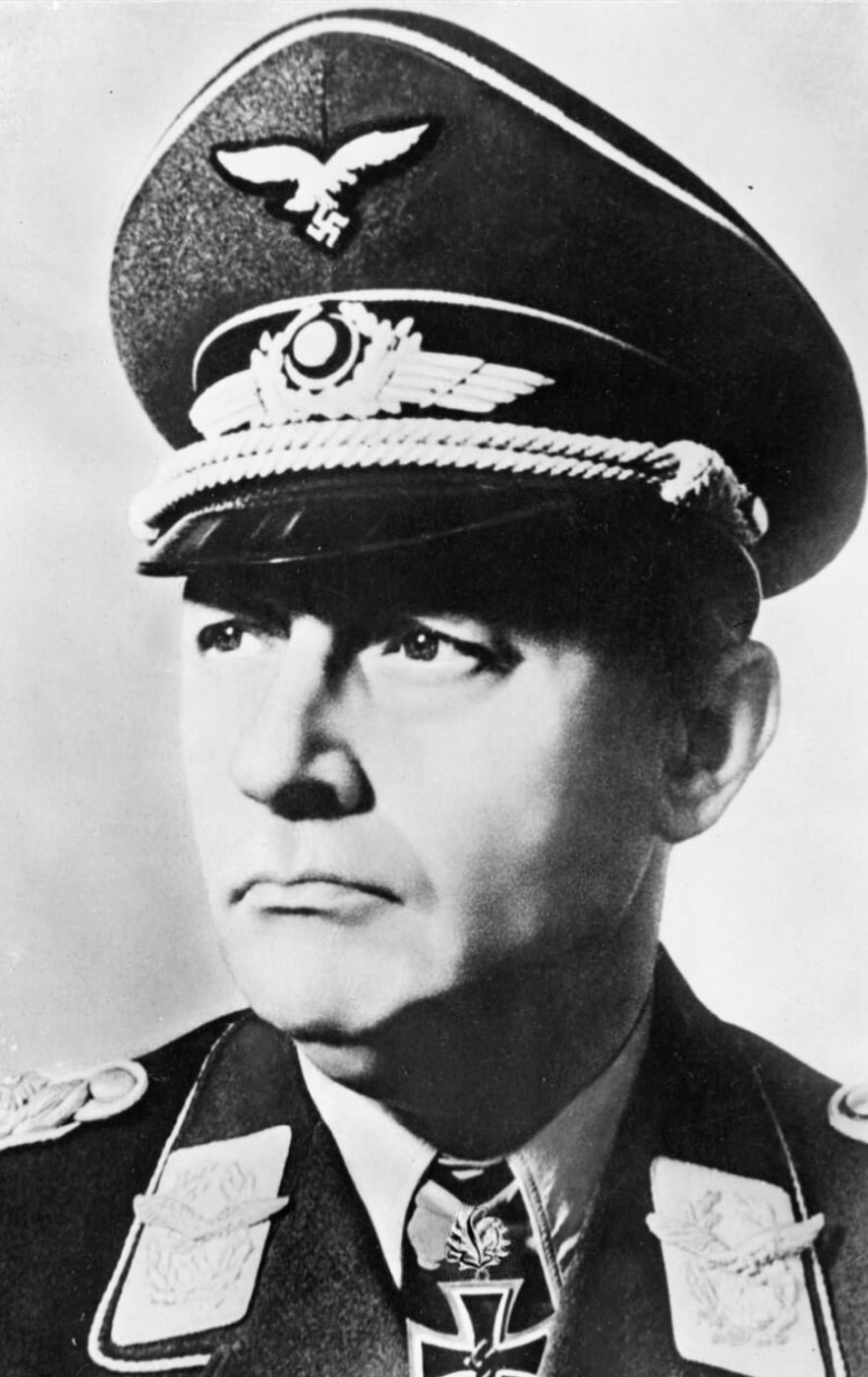
A formal portrait of Gen. Kurt Student, creator of the German airborne forces. Image: IWM
At 1405 hours, the assault team landed with one glider crashing, causing injuries.
Ten minutes after the beginning of the raid, Mussolini was a free man.
At 1445 hours, Major Mors arrived at the hotel using the funicular railway and greeted Mussolini.
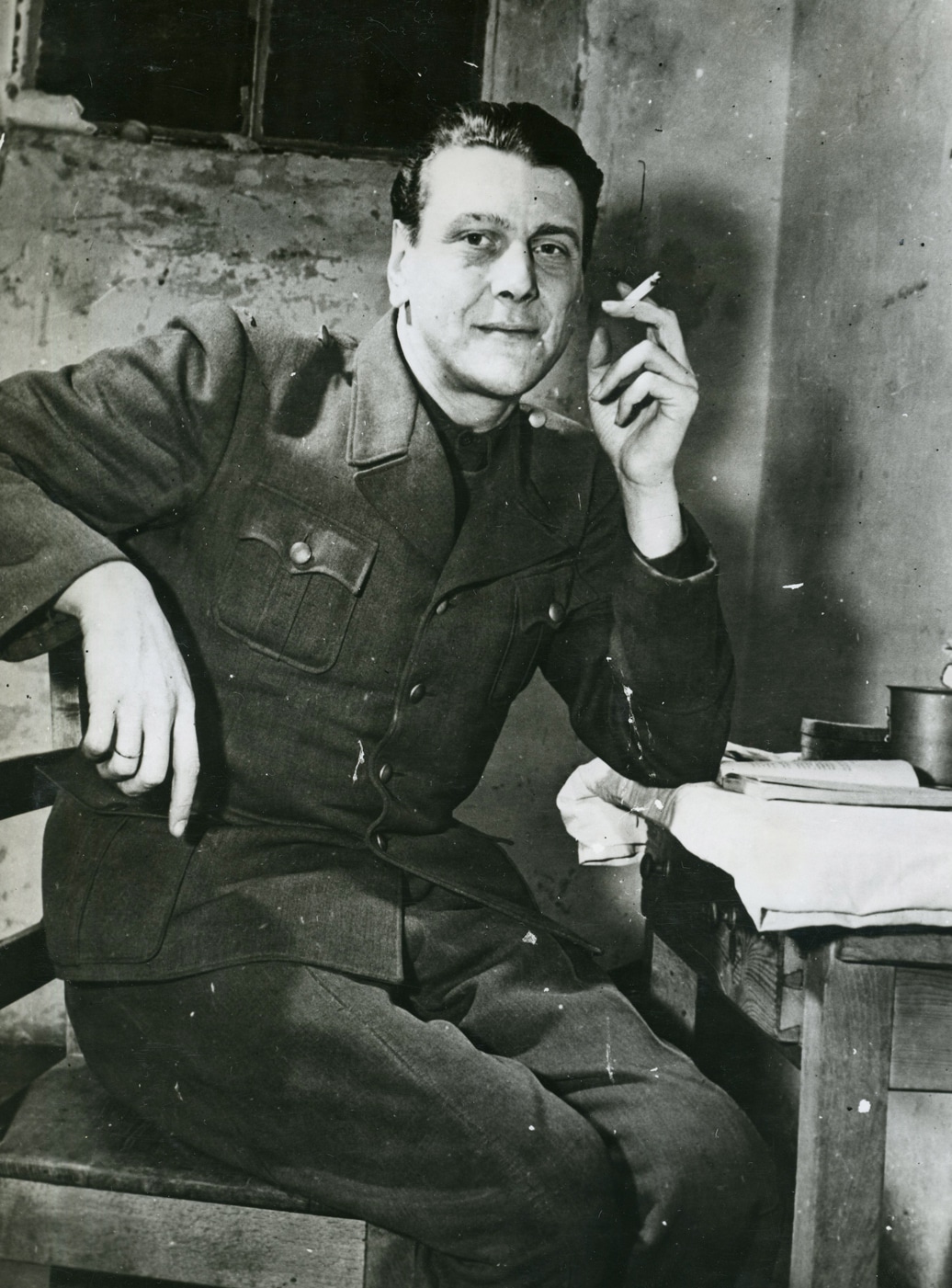
Candid photo of Lieutenant Colonel-SS Otto Skorzeny, who led the mission to rescue Mussolini from Gran Sasso. Image: NARA
Shortly before the Storch took off, Skorzeny climbed aboard.
The plane began its takeoff roll over the rocky terrain and plunged over the cliff, heading for disaster.
The pilot maintained control, and the Storch started to gain altitude.
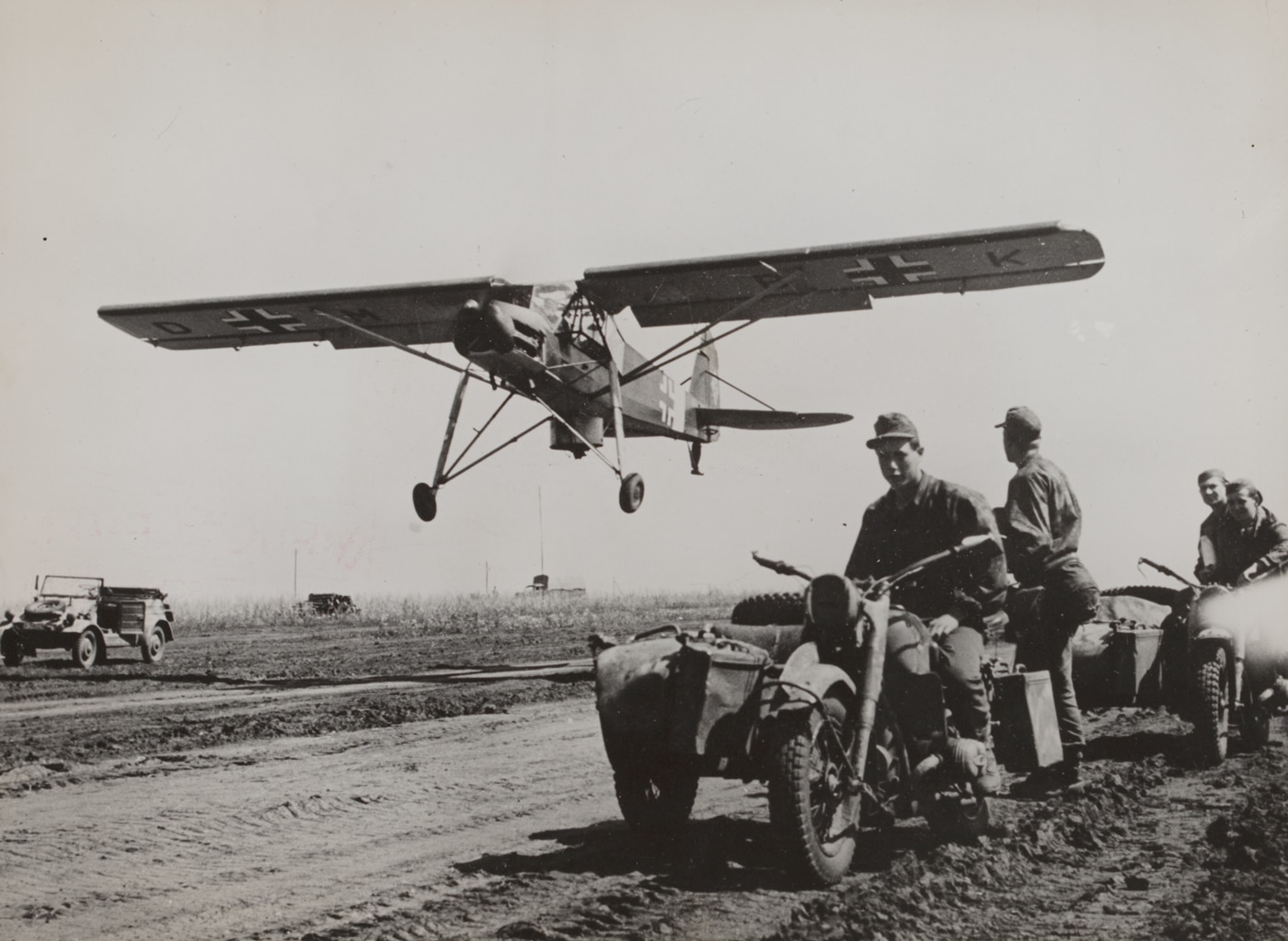
A Fieseler Fi 156 airplane lands on the Eastern Front in 1943. The plane’s short take-off and landing capabilities made it well-suited to the Gran Sasso Raid. Image: National Archives Netherlands
Upon his arrival, Hitler was shocked by Mussolinis appearance.
He was no longer the swaggering leader he knew but a frail, confused man.
Conclusion
Il Duces days were numbered.
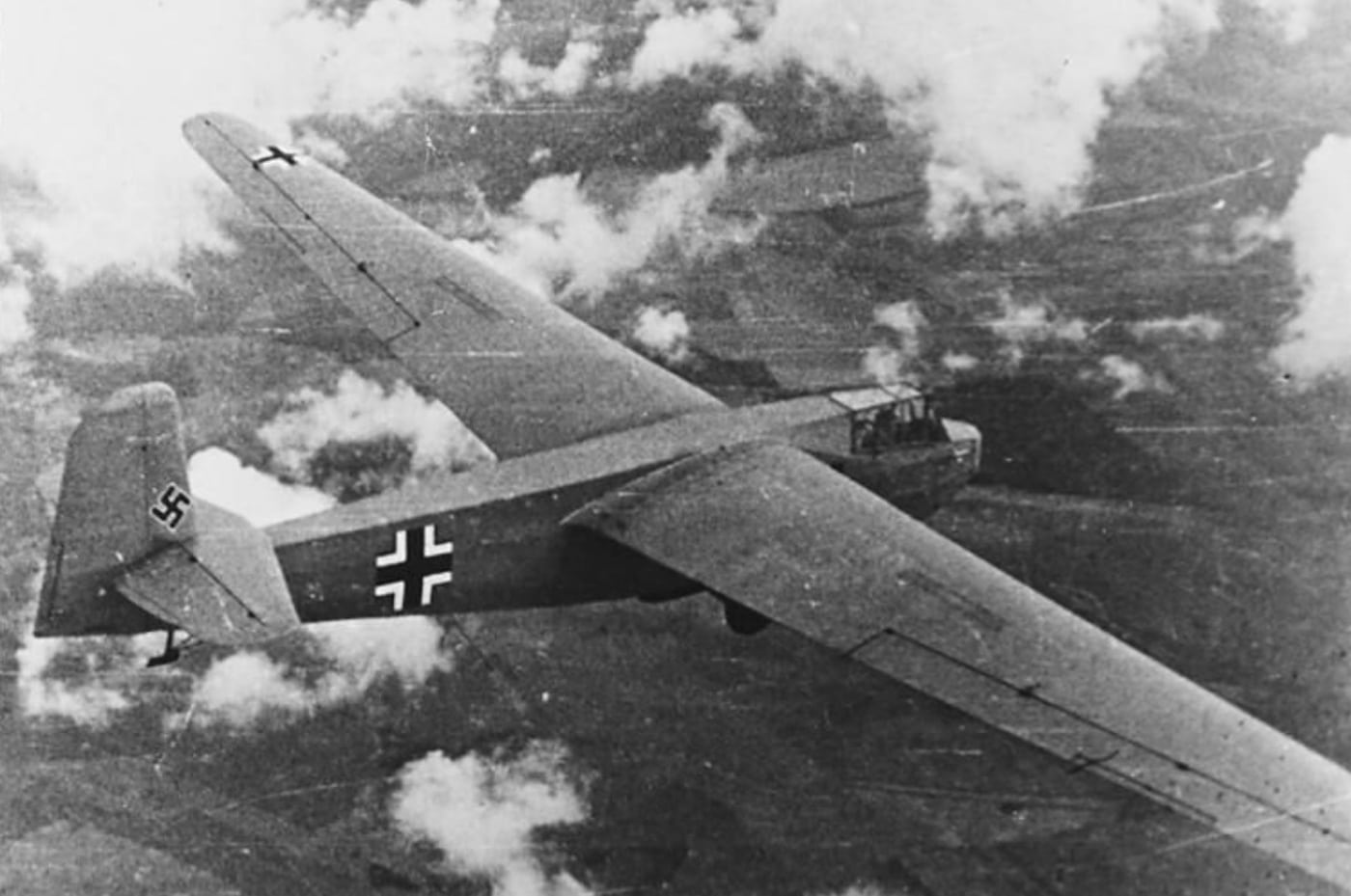
A German DFS 230 glider in flight during World War II. The gliders ferried the paratroopers on the Gran Sasso Raid. Image: IWM
With German military morale continuing downward, the operation provided Germany with a much-needed propaganda opportunity.
Hermann Goering lauded Skorzeny and the commandos for months afterward.
This operation has been studied in military academies worldwide, setting a precedent for future special forces operations.
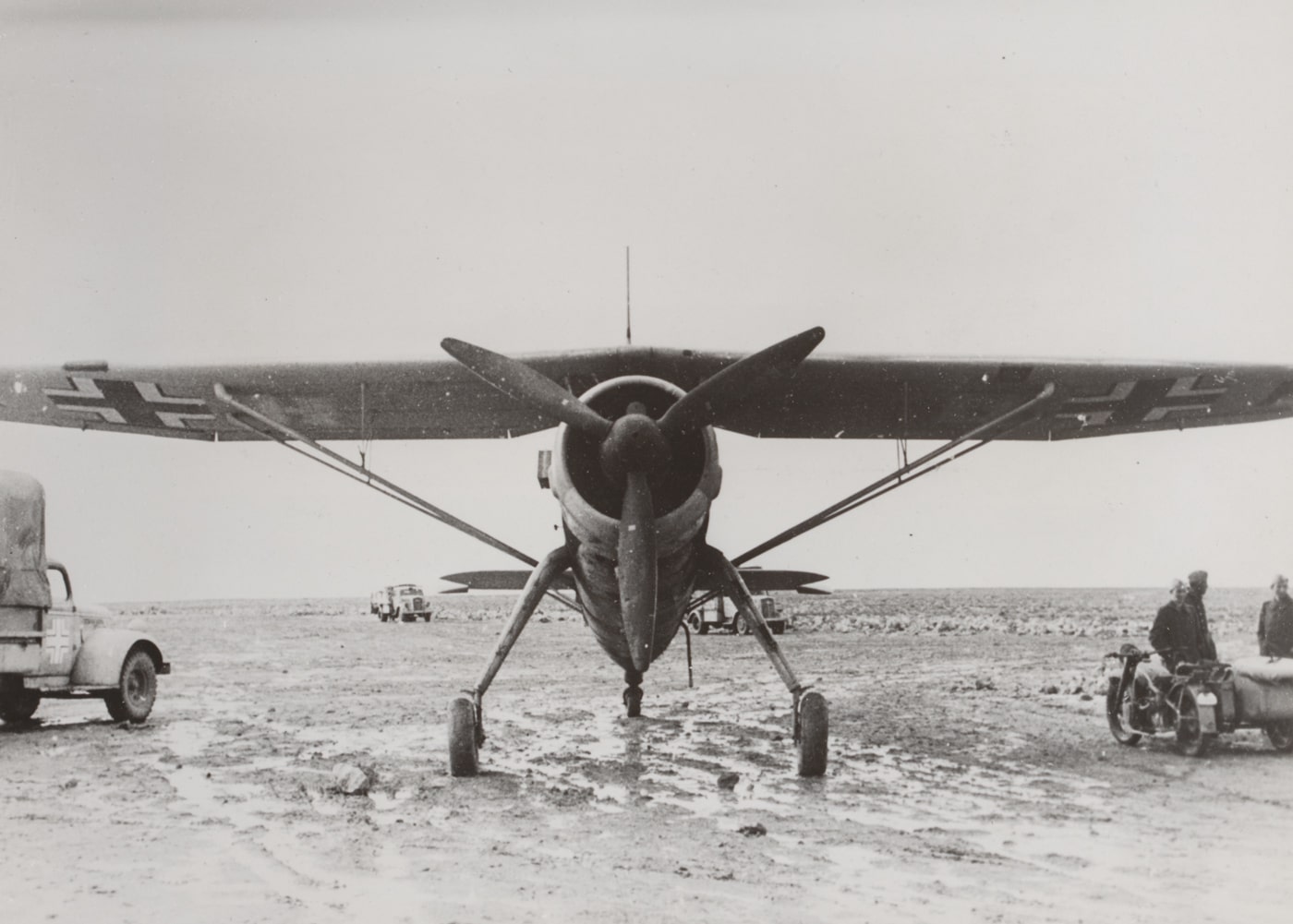
A German Henschel Hs 126 reconnaissance aircraft on a muddy airfield in North Africa. This type of plane was used to tow the gliders. Image: National Archives Netherlands
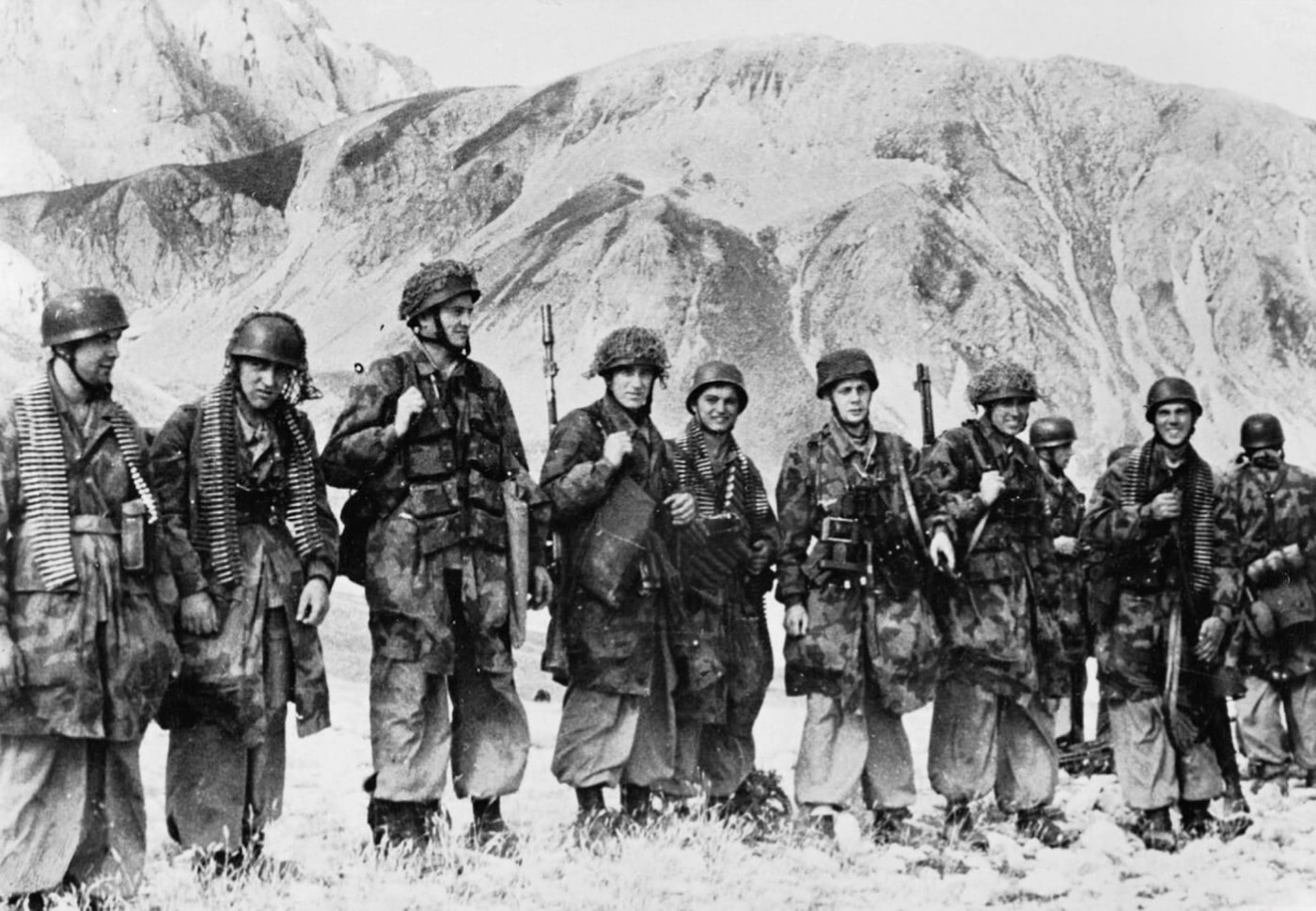
The German paratroopers from the mission to free Mussolini from imprisonment are photographed at Gran Sasso. Image: IWM
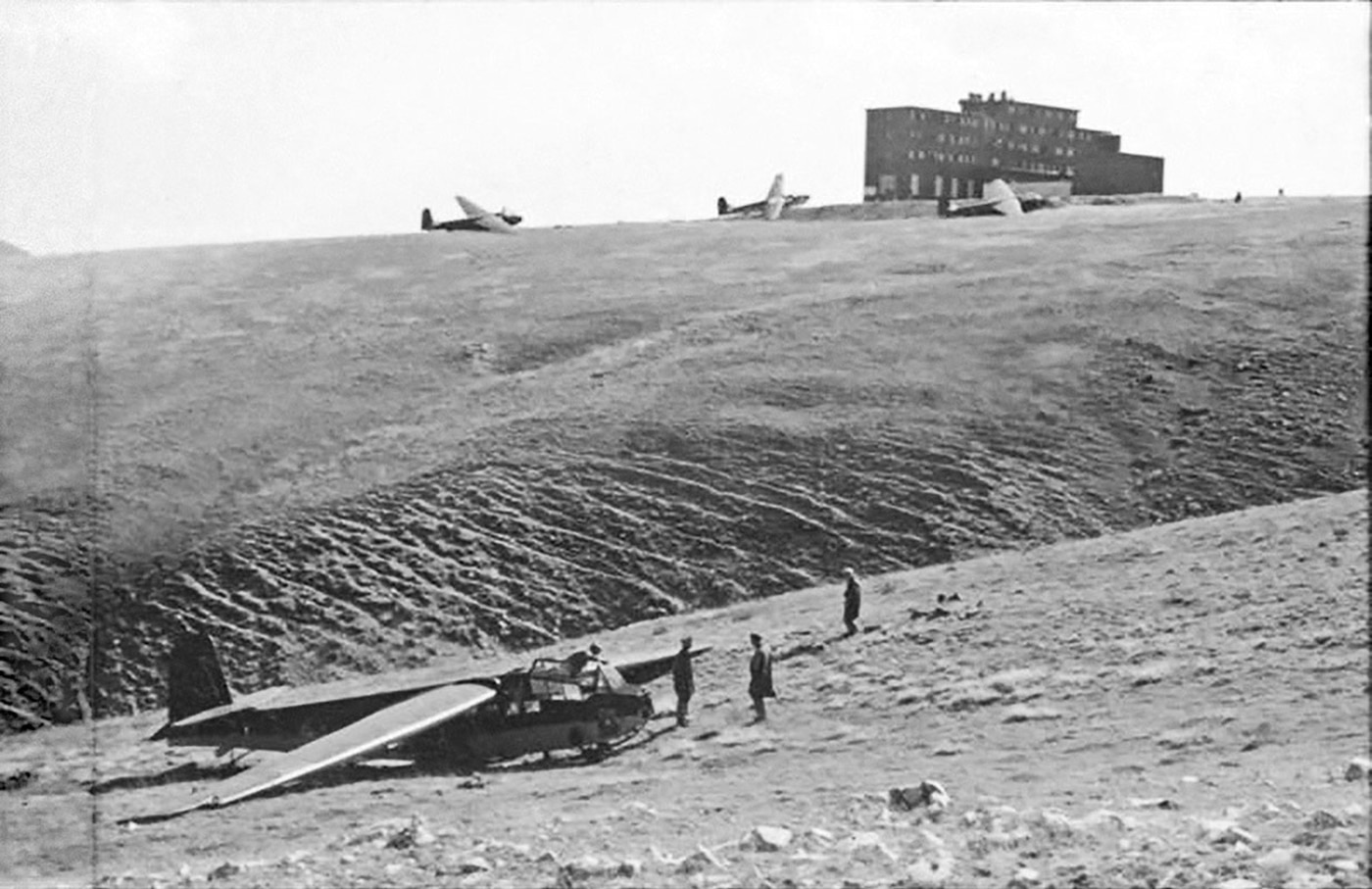
In this photo you can see where the German gliders landed during the Gran Sasso Raid. Image: U.S. Army/NARA
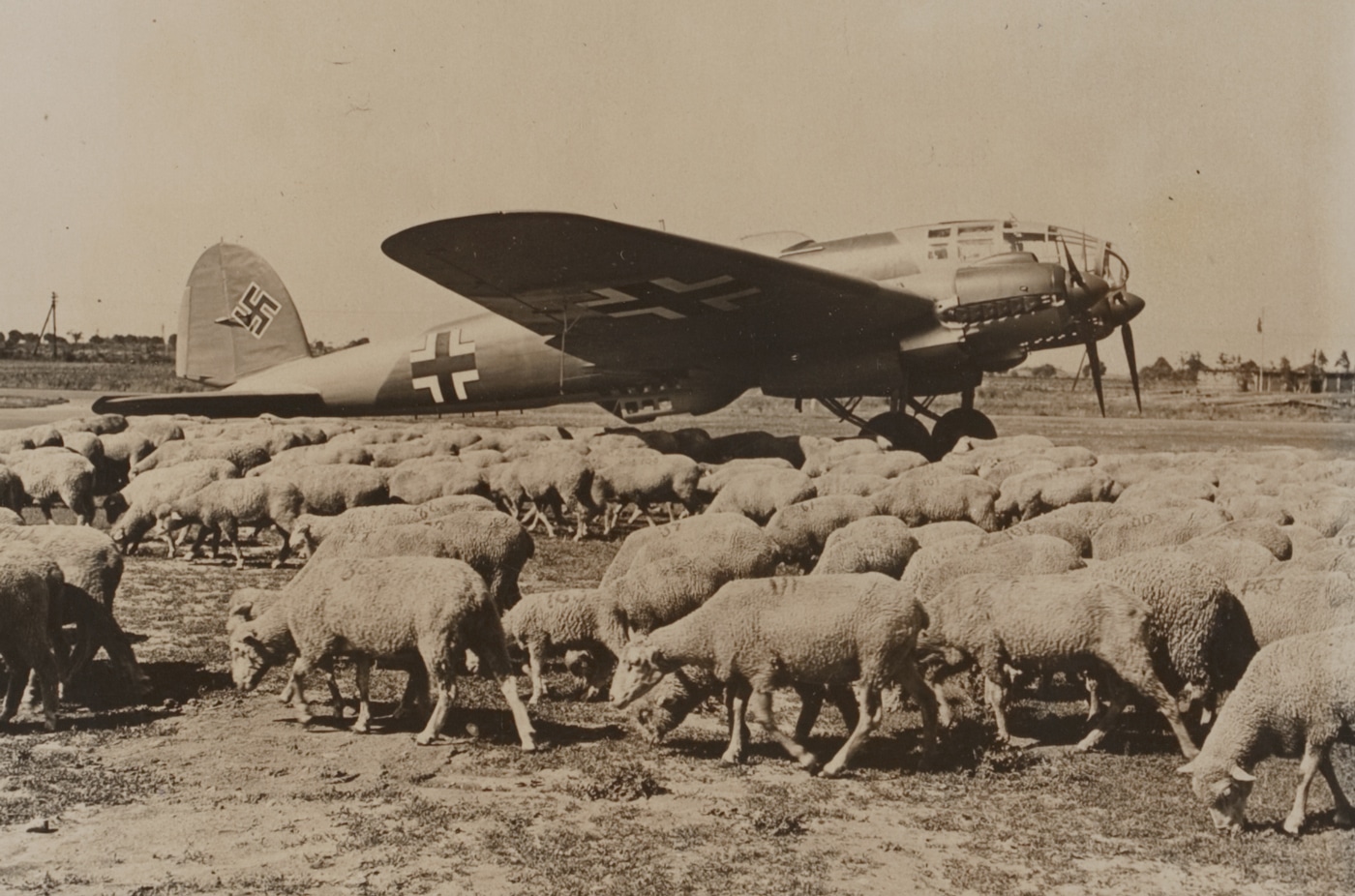
A Heinkel He 111 bomber similar to this one was used to evacuate Mussolini from Italy to Germany. Image: National Archives Netherlands
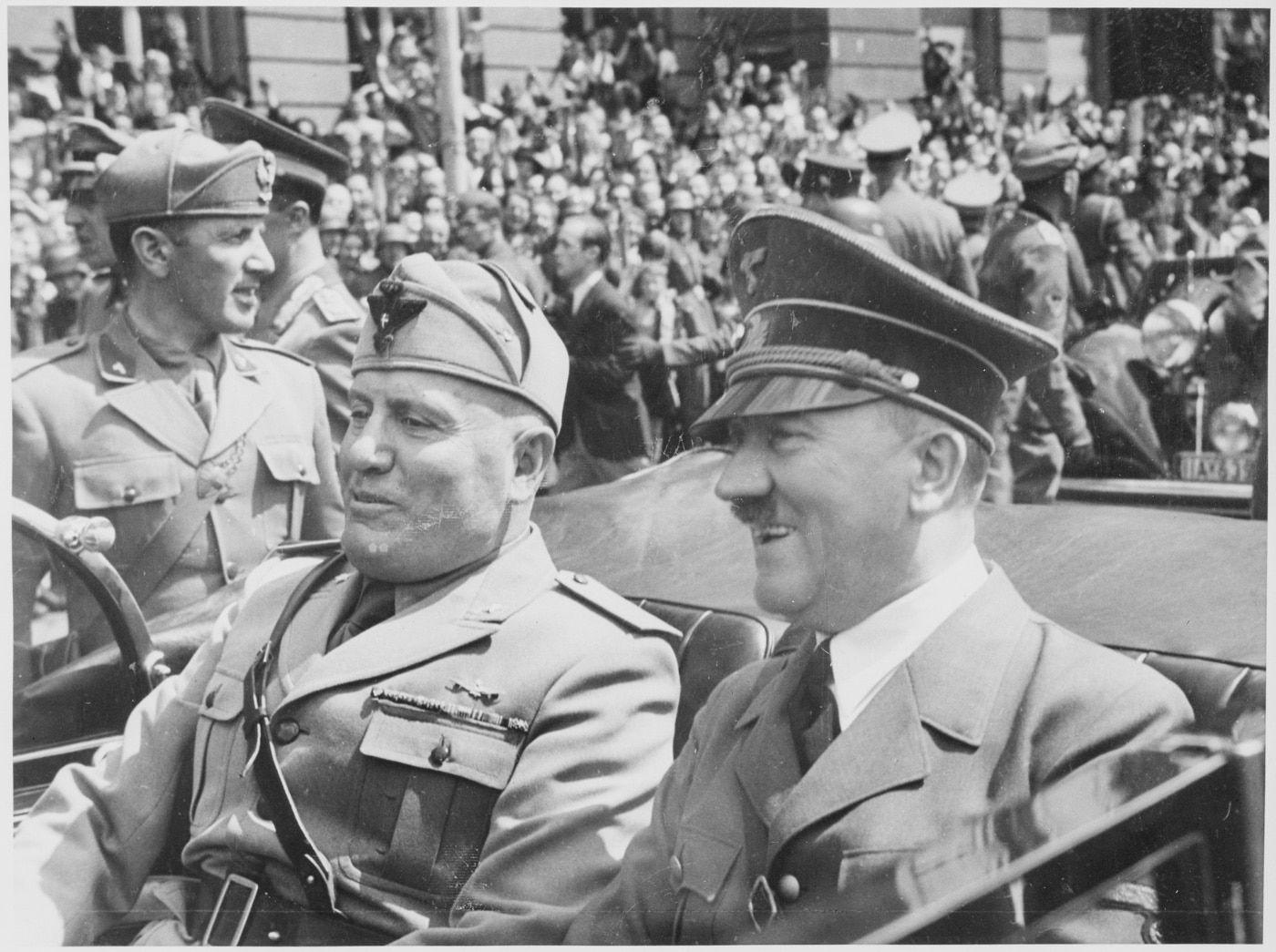
Adolf Hitler and Benito Mussolini ride in an open top car in Munich, Germany. Image: NARA




